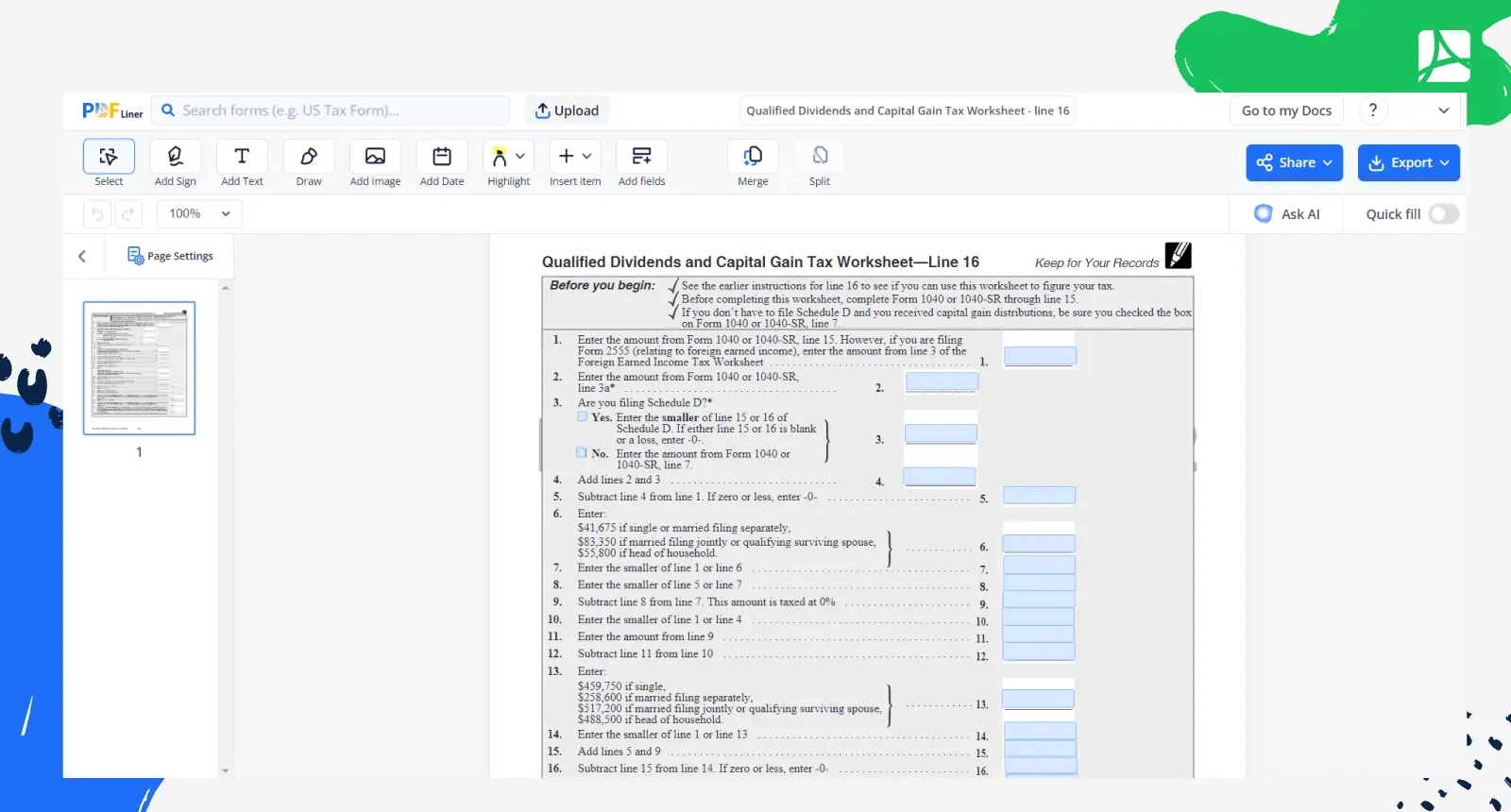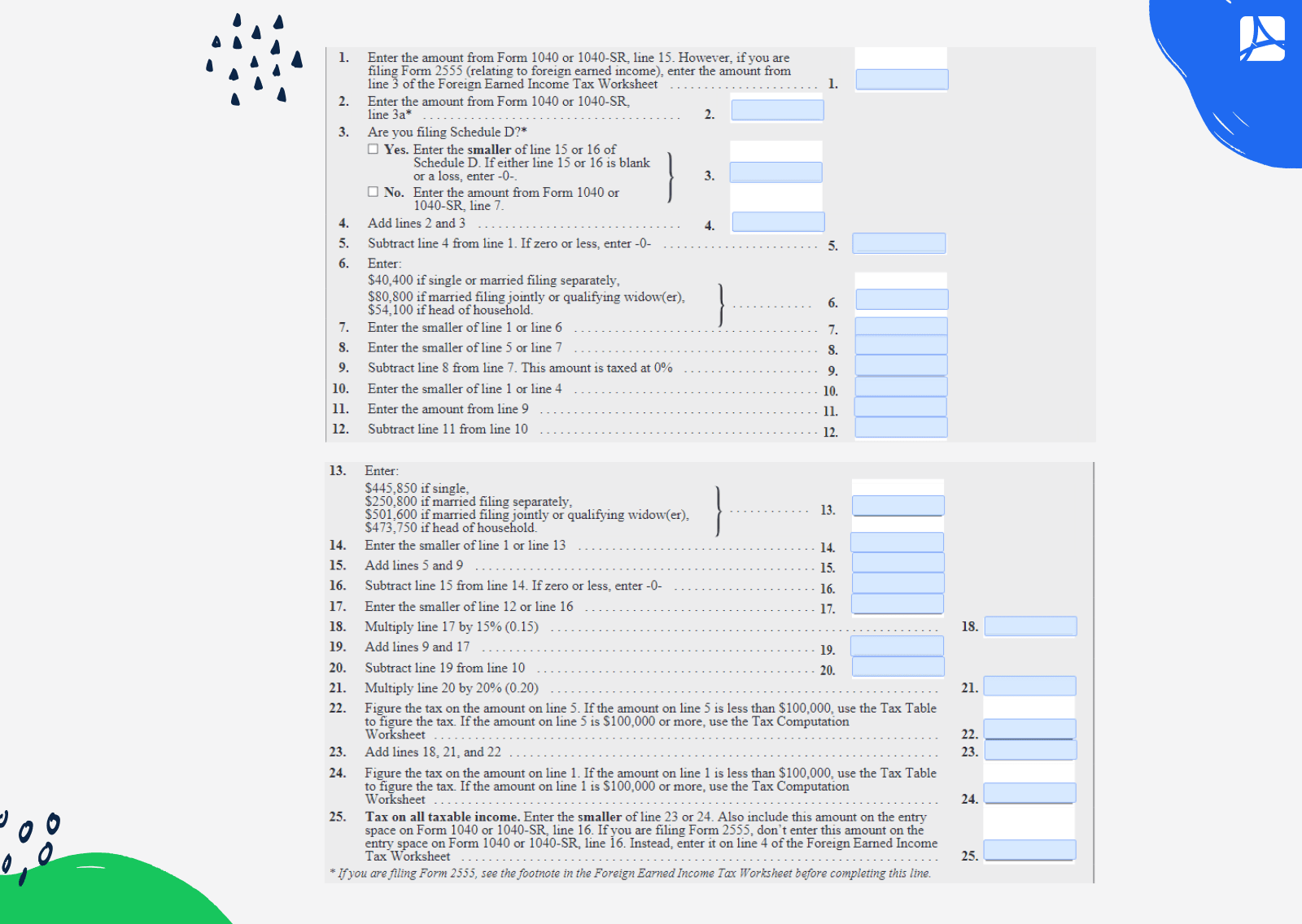-
Templates
1099 FormsAccurately report 1099 information returns and ensure IRS filing with easeExplore all templatesW-9 W-8 FormsEasily manage and share taxpayer details to streamline payments and meet IRS requirements with confidenceExplore all templatesOther Tax FormsFillable tax forms simplify and speed up your tax filing process and aid with recordkeeping.Explore all templatesReal EstateReal estate templates for all cases, from sale to rentals, save you a lot of time and effort.Explore all templatesLogisticsSimplify your trucking and logistics paperwork with our ready-to-use transportation and freight templates.Explore all templatesMedicalMedical forms help you keep patient documentation organized and secure.Explore all templatesBill of SaleBill of Sale templates streamline the transfer of ownership with clarity and protection.Explore all templatesContractsVarious contract templates ensure efficient and clear legal transactions.Explore all templatesEducationEducational forms and templates enhance the learning experience and student management.Explore all templates
-
Features
FeaturesAI-Enhanced Document Solutions for Contractor-Client Success and IRS ComplianceExplore all featuresAI Summarizer Check out the featureAI PDF summarizer makes your document workflow even faster. Ask AI to summarize PDF, assist you with tax forms, complete assignments, and more using just one tool.Sign PDF Check out the featurePDFLiner gives the opportunity to sign documents online, save them, send at once by email or print. Register now, upload your document and e-sign it onlineFill Out PDF Check out the featurePDFLiner provides different tools for filling in PDF forms. All you need is to register, upload the necessary document and start filling it out.Draw on a PDF Check out the featureDraw lines, circles, and other drawings on PDF using tools of PDFLiner online. Streamline your document editing process, speeding up your productivity
- Solutions
- Features
- Blog
- Support
- Pricing
- Log in
- Sign Up
Qualified Dividends and Capital Gain Tax Worksheet - line 16
Get your Qualified Dividends and Capital Gain Tax Worksheet 2024 in 3 easy steps
-
01 Fill and edit template
-
02 Sign it online
-
03 Export or print immediately
What Is Qualified Dividends and Capital Gain Tax Worksheet 2024-2025?
This printable PDF blank is a part of the 1040 guide-you-on-your-way brochure’s ‘Tax and Credits’ section. It is used only if you have dividend income or long-term capital gains (LTCG).
What I need the fillable qualified dividends worksheet for?
You’ll need the Qualified Dividend and Capital Gain Worksheet for the following major purposes:
- to inform the IRS of your dividends from shares or LTCG;
- to achieve the lowest tax rates available;
- to keep your tax files well-organized;
- to succeed in using your tax affairs to your maximum advantage.
How to Fill Out the Dividend and Capital Gains Worksheet?
Whether you’ll decide to print out the blank and handwrite on it or fill it out online, we’ve got you covered. Here’s a quick step-by-step guide on completing the worksheet:
- Prior to completing this file, make sure you fill out Form 1040.
- Start by indicating the portion of your gross income that the IRS considers subject to taxes.
- Separate it out between the qualified dividend income and the LTCG.
- Crunch the numbers based on the guidelines provided in the blank. They are needed to determine how much of this income is going to be subject to tax.
- If any of the points confuse you, don’t hesitate to seek professional assistance.
Relevant to the fillable qualified dividends worksheet 2024 documents
Form Versions
2022
Qualified Dividends and Capital Gain Tax Worksheet 2022
2023
Qualified Dividends and Capital Gain Tax Worksheet 2023
Fillable online Qualified Dividends and Capital Gain Tax Worksheet 2024




































































